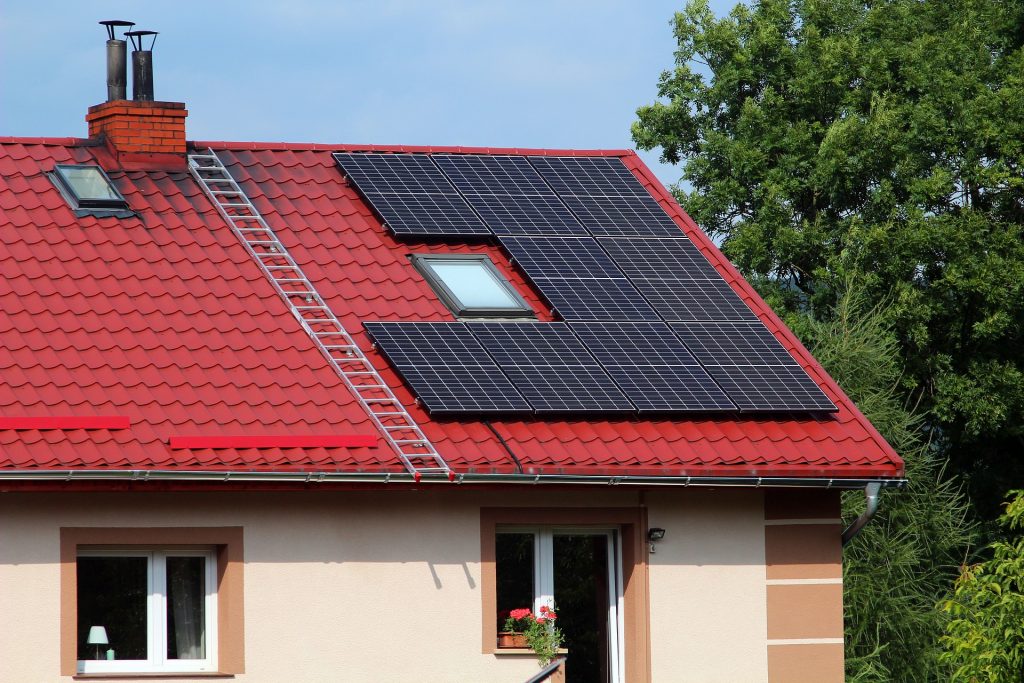Microgeneration of electricity could increase up to four times in the coming decades
The Foresight Centre’s report ‘Active Consumers in the Future Energy System’ to be published this week states that although interest in electricity production has waned among the residents of Estonia compared to the peak of the energy crisis, the number of micro-producers in the Estonian energy system will grow up to four times by 2040. However, the increase of electricity-producing consumption does not jeopardise the balance and stability of the energy system.

According to Tea Danilov, Head of the Foresight Centre, the role and influence of active consumers or prosumers in the future energy system must be analysed in more depth. “The growing number of prosumers makes the ensuring of voltage quality in the grid and planning and managing the electricity grid more complicated and it requires new technological solutions. This, in turn, may require investments and increase grid usage fees,” said Danilov.
Märt Masso, Expert of the Foresight Centre, noted that by 2040, up to 44,000 homes could be powered by solar energy in Estonia. “In Estonia, the growth of energy prosumption accelerated in 2021-2022, when the price of electricity was high. Today we forecast that this growth will slow down in the next decade, but by 2040 there will still be two to four times more prosumers in Estonia than currently. One important incentive is the energy efficiency requirements set for new buildings,” said Masso and added that the Foresight Centre looked at consumers producing up to 25kW as microproducers, which can be individuals, institutions and small businesses.
Today there are 17,102 prosumers in Estonia but by 2040, there could be around 44,000 prosumers, who would produce and consume up to four times more electricity than currently. Prosumers can operate both individually and, for example, by joining energy cooperatives.
According to Danilov, the increase in prosumers has two sides. “On the one hand, it provides additional emission-free production and reduces energy consumption in the distribution grid. On the other hand, it can destabilise the system as it adds generation to the grid in surplus hours and additional consumption in deficit hours. Therefore, it is important that prosumers use more storage possibilities,” she said.
Although producing consumption is growing, its share in the electricity system is not. Based on the analysis carried out by the leading machine learning and data science company STACC, the Foresight Centre found that microgeneration of electricity in homes does not jeopardise the balance of the energy system. “According to current forecasts, as Estonia’s general electricity production and consumption is growing in a similar magnitude to the growth in number of prosumers, their impact on the stability of the system will not increase,” explained Masso.
The Foresight Centre’s research stream ‘Active Consumers in the Future Energy System. Development Trends until 2040’ (in Estonian) aims to identify the key factors that shape the active role of consumers in the future energy system and to create scenarios of the possible impact of households and other micro-producers on the Estonian energy system up to 2040.
Latest news
-
10.11 2025Report: Estonia could learn how to control healthcare costs from the Netherlands
The expenses of the Estonian Health Insurance Fund significantly exceed its revenues, and the accumulated reserves will be depleted in the next five years. Other European countries in the same situation have cut healthcare services and increased people’s co-payments. According to the Foresight Centre’s new short report “Other countries’ experiences in managing healthcare budget deficits”, both solutions have worsened public health and deepened inequality.

 An independent think tank at the Riigikogu
An independent think tank at the Riigikogu